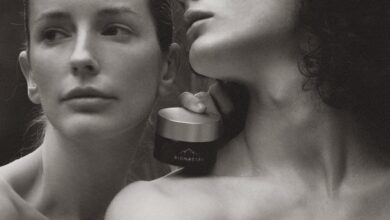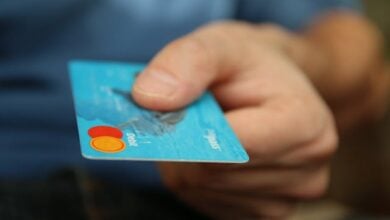One of the main areas of personal injury law is premises liability. This area deals with accidents that occur on the property owner’s land or building, such as slip and fall injuries. A property owner has a legal responsibility to keep his or her property safe. And if someone is injured due to a dangerous condition on the premises, he or she may be able to recover damages for medical bills and other losses by proving that the property owner breached that duty of care. The following discusses how you can prove negligence in a slip and fall case.
A Duty of Care
The first element needed to make a case for premises liability is that the property owner owes you a duty of care. A duty of care requires the property owner to take action to prevent injuries on their land or building when people could be reasonably expected to be there. Generally, the key to negligence and liability in slip and fall cases here is that it has to be foreseeable that someone would end up in a dangerous area, such as walking across an icy parking lot. This wouldn’t hold true if the only time anyone was ever on the property was at three o’clock in the morning, and another person broke into and fell down a manhole cover hidden by leaves and dirt. That person’s damages should not be covered by insurance because it wasn’t reasonably foreseeable he’d break into the property.
Breach of Duty
The next element needed for a slip and fall case is that the property owner breached their duty of care by not keeping the area safe. If an injured victim was injured because someone entered onto private property, it’s likely there’s a breach of duty – meaning whoever owns the property should be held responsible for any injuries. For instance, if someone tripped over a large tree root protruding from the sidewalk in front of your home, you will probably be held responsible for damages sustained as a result of the dangerous condition. This is true even though you weren’t aware that such damage existed. The purpose behind this rule is to encourage compensation to those who suffer losses due to another party’s negligence and not allow them to escape liability simply because they didn’t know about the danger.
Causation
The next element needed is that you are able to prove causation between your injury and the property owner’s breach of duty. In other words, did the dangerous condition on the property owner’s land cause injuries? This can be an issue if someone falls down a set of stairs or slips on some water in a grocery store parking lot, but was not there long enough for it to freeze over into ice that would have made walking difficult or impossible. This means that when proving negligence in a slip and fall case based upon frozen surfaces, you need to provide evidence showing why you wouldn’t have been injured had it not been for this dangerous condition. For example, it might be helpful to provide evidence establishing that the other parking lot surface was dry, or that you always avoid other snow and ice in your area.
Keep in mind that if your injury is likely to be treated as “contributory negligence” (meaning your inability to follow stated rules prevented you from not getting hurt), courts will often reduce any injuries sustained to what they would have been had the victim followed these rules of safety. So, if you were warned about this dangerous condition but didn’t take precautions to keep yourself safe, the injured person may find themselves with reduced damages because their own actions contributed to whatever happened.
Actual Damages
The final element needed is that the property owner’s breach of duty actually caused injuries or losses. In other words, there must also be an element of actual damage in order to successfully prove negligence in a slip and fall case. This means that, even if a property owner breached their duty of care and someone falls down some stairs due to broken handrails, if the injured person wasn’t actually injured in such a way as to warrant damages (for instance, having broken bones or abrasions), they will not win their case.
With these elements in mind, it’s time to put together evidence in your favour. Remember that the property owner is required to make sure they keep their land safe enough for someone with normal skills and abilities to use, this means that anything they could reasonably be expected to know about goes into their duty of care. This might include slippery surfaces due when snow or ice melts on sidewalks, cracked or uneven floors inside buildings, holes in the ground, protruding root systems from trees and bushes, dangerous animals kept on the property without proper warning signs, poorly-lit areas where tripping is likely due to poor visibility, etc. So long as injuries are foreseeable by a reasonable property owner exercising ordinary care, and you suffered damage you should be able to get the case filed.




